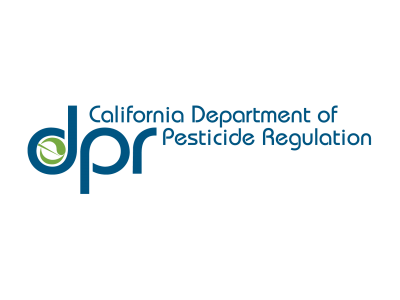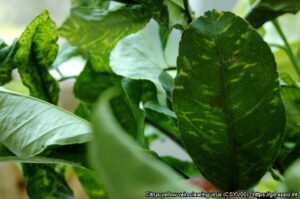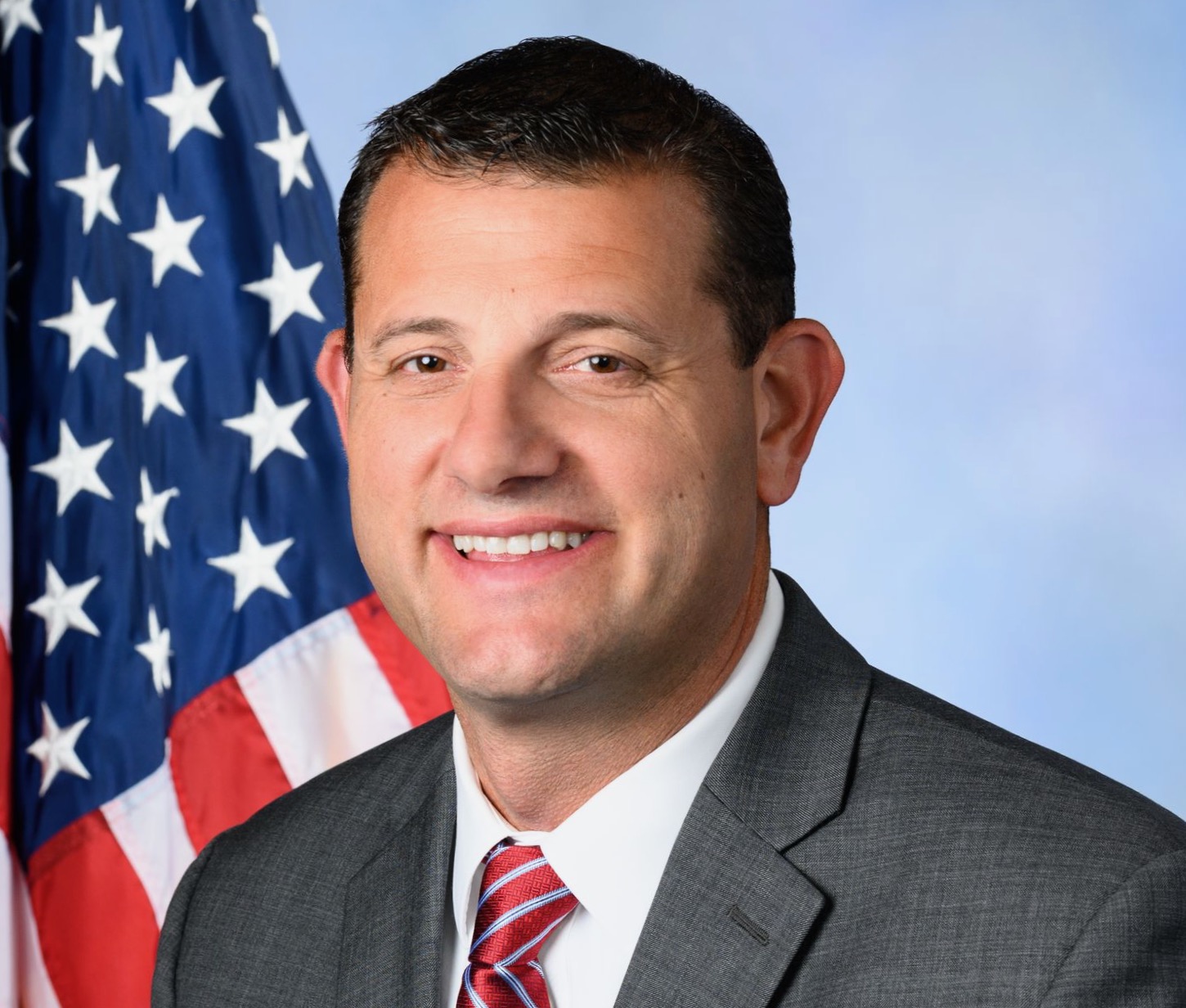Henderson Confirmed as DPR Director
California’s new Department of Pesticide Regulation leader will focus on transitioning to safer, more sustainable ways to manage pests
The California State Senate confirmed the appointment of Julie Henderson as director of the California Department of Pesticide Regulation.
Henderson’s formal confirmation – passed on a 29 to 0 vote – follows her appointment by Gov. Gavin Newsom in December 2021.
Henderson was acting director from July 2021 until her appointment. Prior to joining DPR, Henderson served as the California Environmental Protection Agency’s Deputy Secretary for Public Policy, beginning in November 2017.
“Julie’s vision of collaboration, equity and sustainability will move this department forward as the state works to support a thriving agricultural sector while elevating public health and the environment,” said Jared Blumenfeld, California Secretary for Environmental Protection. “Californians will benefit from her continued focus on the adoption of safer, more sustainable pest management practices.”
“I’m honored to serve in this position to help protect all Californians and our environment,” Henderson said. “I’m grateful to Governor Newsom for giving me this opportunity and to the Senate for their confirmation of my appointment.”
Since joining DPR, Henderson has led several environmental, public health and community engagement initiatives with DPR staff and state agency partners. Under Henderson’s leadership, DPR worked with CalEPA and the Department of Food and Agriculture in convening the Sustainable Pest Management Work Group in 2021.
The group is preparing to release a draft roadmap focused on accelerating the systemwide adoption of sustainable pest management in agricultural and urban settings to promote human health and safety, ecosystem resilience, agricultural sustainability, community wellbeing and economic vitality. The work group includes by representatives of a wide range of industry, community and environmental stakeholders, along with academic and government partners. The roadmap is expected to be released this fall.
Henderson also led DPR in awarding $3.15 million in grants in July to fund research into sustainable pest management practices in agricultural, urban, and wildland settings. The department also awarded about $1.8 million in grants to fund projects that promote implementation and use of sustainable pest management strategies.
“This is an exciting time for DPR and the state as a whole,” said Henderson. “I’m honored to be a part of this important work.”

















